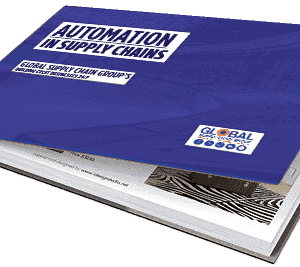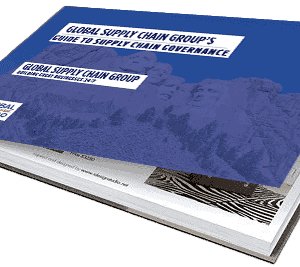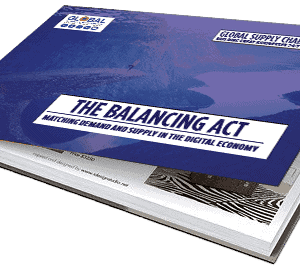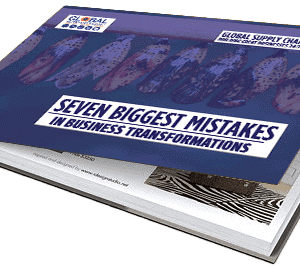Description
Global Supply Chain Group’s Guide to The Latest Freight-Tech
Freight costs are under increasing scrutiny
CFOs and boards already know that their ERP systems are not good at tracking freight-related events and costs adequately. There are a number of questions about freight at the top of their minds. Many companies are trying to build SaaS based freight tracking and management systems for the importers and exporters. All are watching closely for a good solution to present itself, yet few are willing to commit themselves to the existing solutions.
At the root is the freight problem is this key question – how to engage with the freight market for awarding the contracts at a reasonable price, and then how to manage the contracts once awarded to keep unanticipated costs and risks to the minimum.
What is the most out-of-control and unauditable expense on your financial statement?
Freight costs are the most out-of-control costs for most large corporations simply because there is no possibility of objectively verifying the rationale for all the charges in each of your freight invoices. How to you bring these costs under control? What tools are now available, and how good are they?
Who is this guide for?
CFOs and their teams, heads of supply chains and their teams.
Save time, save your sanity and your career
It researches and analyses the latest attempt at freight management digitisation efforts to come up with the state of affairs at the present time. It saves you hundreds of human-hours of effort to do conduct the project yourself with an internal team who might lack the time, motivation, objectivity or opportunity to do so themselves. Our people have dealt with freight markets on a daily basis for over the last four decades, and bring a rich and unparalleled 360 degrees experience at every level in this market. No one else is better suited to write this report.
Use this guide as your first port of call in your attempt to freight management digitisation and modernisation efforts
Our largest client paid an annual freight bill approaching US$2 Billion (yes Billion, not Million) and our smallest clients pay freight bills in a few hundreds of thousands of dollars. The staggering fact was that each of them saved a tidy percentage of freight costs by better market engagement and tighter freight management.
Many of them asked us if a plug-and-play tool existed to allow them to continue getting the same savings well in the future. We considered investing in building such a SaaS tool, but knowing that would distract us from our primary mission, we decided to be able to recommend an existing freight-tech tool from the market place. That is how the idea of this report was born.
Big gaps in the current freight management systems and capabilities – how can you bridge those gaps?
Remain on the cutting edge of the freight management landscape, know what is the latest and greatest tool to help manage your freight better.
- Know what can you do to address the big gap in the ERP systems capability to manage freight productivity,
- Move towards being able to audit each freight invoice from objective source data (contracts as well as verified records of events),
- Avoid surprises,
- No mid-night calls from freight forwarders and logistics companies asking for special dispensations and charges,
- Move the needle on freight contracts a little bit to favour you – the buyer.
Move with the times
Digitisation of freight productivity management is inevitable; why not get there before your competitors. The first mover tends to get advantage – in terms of better contracts, and better rates. That can allow you to serve your customers better and lower your prices to beat the competition. Gain market share and establish your market position firmly.
The right IT tool can work like magic
The difference between a good IT tool and a bad one is akin to the difference between the proverbial heaven and the proverbial hell. A bad tool is worse than having no tool. For this reason, you have to be sure that you select the right tool for the job.
What happens when you select the wrong freight-tech tool
Imagine selecting the wrong IT tool for freight management, and discovering that using it is worse than the manual process you used to have before starting to use this tool. And, then you discard it after a lot of angst and stress, to move on to the next one in the queue, and finding that this one does not suit your business for an entirely different reason. How long can you continue the trial and error process without an objective set of criteria based on the deepest understanding of the freight markets and ERP software that leave the gaps in functionality?
How to make sure that your team selects the right freight-tech tool
Now imagine having a set of objective criteria and a way of assessing all available tools based on a comprehensive and dispassionate process that is custom designed by your team, for your company based on the information in this guide. Your chances of success on the first attempt multiply many folds.
Have you ever wondered
-
- Why freight costs are so hard to manage?
- Why SAP or your ERP system is a very difficult system when it comes to tracking the freight-related handovers and events.
- Why so many new freight and shipping management saas (freight-tech) cropped up in the last ten years?
- Which freight-tech solutions are head and shoulder above the rest?
- What are the relative pros and cons of the various prominent freight-tech solutions?
- Has freight-tech come of age and is it ready for the wider business world, or not yet?
- Which freight-tech solutions suit which kind of applications, and why?
- Whether you should jump into the fray and try a freight-tech solution today, or not?
- When would be a good time to try a freight-tech solution, if today is not the right time?
- What to look for in an ideal freight-tech solution for your company?
- How to go about building a short-list and assess their relative capabilities for your company?
If you want more information on this report – click here…





Reviews
There are no reviews yet.